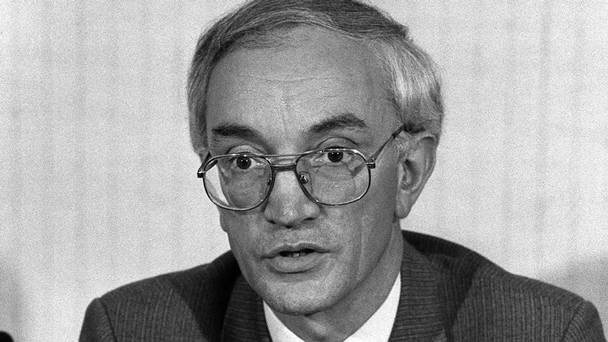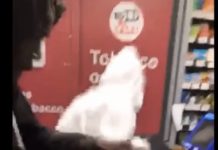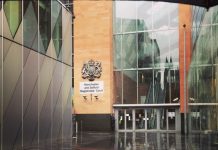Former Greater Manchester Police Deputy Chief Constable John Stalker claimed that he had uncovered six murders while investigating Britain’s shoot to kill policy in Northern Ireland in the 1980’s
Newly released documents declassified under the thirty year rule show that there were fears that there was was a Masonic plot against the Police Chief as his investigation continued.
Stalker had been appointed in 1984 to investigate the events which followed when RUC officers Sean Quinn, Alan McCloy and Paul Hamilton were killed by an IRA landmine near Lurgan in October 1982.
Within weeks Gervaise McKerr, Sean Burns, Eugene Toman, Seamus Grew, Roddy Carroll and 17 year-old Michael Tighe were all shot dead by the RUC’s Special Support Unit (SSU) in a series of controversial shootings in Co Armagh.
In 1984 then Greater Manchester Deputy Chief Constable John Stalker began to investigate the killings.
Weeks before he was due to publish his report in 1986 Stalker was removed from the investigation and replaced by Colin Sampson when allegations arose back in Manchester about his associations with a criminal gang.
The Quality Street gang were a group of Manchester’s leading villains involved in everything from serious crime to running arms to the IRA and it was claimed that Stalker had attended social events where members of the gang were present.
The Police Chief was cleared of all charges but there were always rumours that the action had been taken because he got close to the truth about the British government shot to kill policy in Northern Ireland and was about to obtain an MI5 tape of one of the shootings.
According to the Irish Times, the newly released documents show that Mr Stalker unexpectedly turned up at the opening of the Irish Centre in Manchester in November 1986, just months after his controversial suspension from the inquiry.
The then Irish ambassador to London Noel Dorr wrote to the then taoiseach Garret FitzGerald about a brief private conversation with the police chief at the event when Stalker complained he never had access to politicians at any stage during this inquiry and was “convinced” had he been allowed to talk to then home secretary Douglas Hurd “he would have got attention to what he was saying”.
“Stalker said that what he was trying as forcefully as he could to bring to attention (‘to shout’) was that what he was concerned with was not the minor question of lying or covering something up – ‘it was murder, six murders’,” Mr Dorr wrote.
The previous year Stalker had submitted an interim report in September 1985, in which he said there was enough evidence to indicate that the five men shot dead in their cars were unlawfully killed by police officers. He also made clear that he was going to continue his search for evidence of a shoot-to-kill policy.
It was following that report that the allegations about his connections with the Quality Street Gang surfaced.
Stalker resigned from the force in 1987. He had accumulated a £22,000 legal bill defending himself over the Quality St Gang and discovered that the police were expecting him to pay it himself although donations from the public began to arrive at his office.







